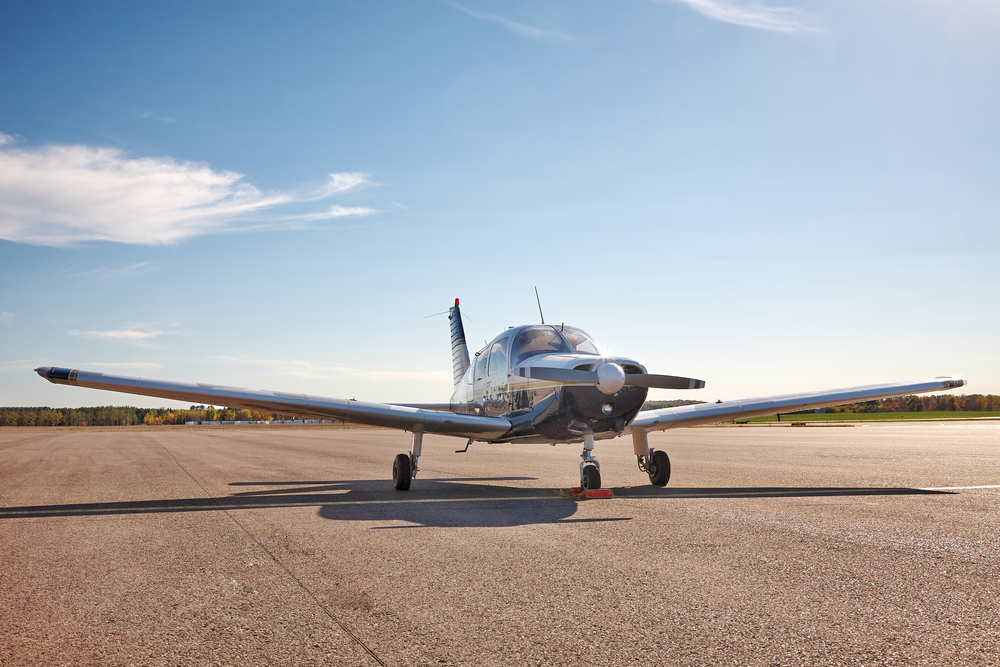ADF Aviation
Understanding ADF in Aviation
Automatic Direction Finder (ADF) is a vital instrument in aviation. It helps pilots find their way using radio signals. Understanding how ADF works can enhance both flight safety and effectiveness.
Principle of Operation
ADF works based on radio signals transmitted by ground-based Non-Directional Beacons (NDBs). These NDBs emit signals that the ADF receiver in an aircraft picks up. The ADF instrument indicates the direction to the NDB relative to the aircraft’s nose.
This mechanism involves tuning the ADF receiver to the frequency of a desired NDB. The receiver processes the signal and displays the relative bearing on the ADF instrument. Pilots use this information for navigation, often complemented by other navigation aids.
NDBs and Frequency Bands
NDBs operate in the low to medium frequency bands. Typically, they use frequencies between 190 kHz and 535 kHz. Each NDB broadcasts a specific three-letter identification code. Pilots use this code to verify they are receiving the correct signal.
NDBs are strategically placed near airports and along common flight routes. Some NDBs are located onshore while others are offshore. They serve both enroute navigation and instrument approaches.
Reading the ADF Instrument
The ADF instrument typically consists of a fixed card and a needle. The fixed card displays a 360-degree compass rose with 0 degrees (North) at the top. The needle points to the relative bearing of the NDB.
To determine the direction to the NDB, pilots read the needle’s indication and adjust their heading accordingly. If the aircraft is heading directly towards the NDB, the needle points straight up to 0 degrees. When deviating from the path, the needle points left or right of the center.
Using ADF for Navigation
ADF navigation involves tracking NDB signals to maintain a desired course. Pilots can use ADF to fly directly to or away from an NDB. They also use cross-bearings from multiple NDBs to pinpoint their position.
During an instrument approach, ADF helps align the aircraft with the runway. Pilots follow pre-determined approach procedures, relying on ADF readings to guide them safely to the airport.
Adverse Effects
ADF accuracy can be influenced by several factors. Electrical storms, shorelines, and mountain ranges can lead to signal reflection and refraction. This may cause bearing indication errors, known as “night effect” or “mountain effect”.
To mitigate these issues, pilots cross-check ADF readings with other navigation aids. Redundancy ensures reliable navigation, especially in challenging environments.
Technological Enhancements
Modern avionics have integrated ADF with other systems. Flight deck displays now present ADF information alongside GPS, VOR, and DME data. This integration simplifies navigation, providing a comprehensive overview on a single screen.
Automatic tuning features enable quick frequency selection, reducing pilot workload. Advanced filtering and signal processing improve accuracy, even in adverse conditions.
Learning and Training
Pilots receive intensive training on ADF use. This includes both theoretical knowledge and practical application. Simulator sessions replicate various scenarios, helping pilots master ADF navigation.
Practical experience is crucial for proficiency. Pilots practice tracking NDBs and performing instrument approaches under supervision. Repetition builds the skills needed for confident ADF navigation.
Inclusion in Flight Planning
Flight planning involves incorporating ADF considerations. Pilots review NDB locations along the planned route and alternate options. They also check NOTAMs for any NDB outages or changes.
Efficient flight plans utilize NDBs for transitions between airways and avoiding restricted airspace. Proper planning ensures seamless navigation using ADF.
Legacy and Current Use
ADF has been a staple in aviation navigation for decades. Despite technological advances like GPS, ADF remains useful. Its simplicity and reliability continue to support aviation operations globally.
Commercial airliners, general aviation, and military aircraft all use ADF. It serves as a backup system and enhances situational awareness. ADF plays a key role, especially in regions with limited GPS coverage.
Maintenance and Calibration
Regular maintenance of ADF equipment ensures optimal performance. Technicians test receivers and antennas for faults. Calibration aligns ADF indications with actual bearings.
Ground stations also require periodic checks. NDB transmitters, antennas, and power supplies need upkeep. Consistent maintenance guarantees reliable ADF operation.

